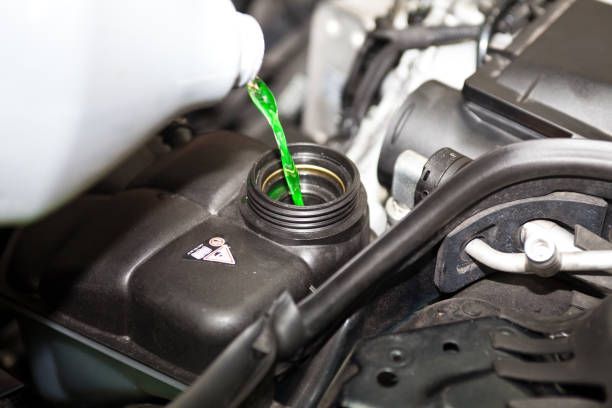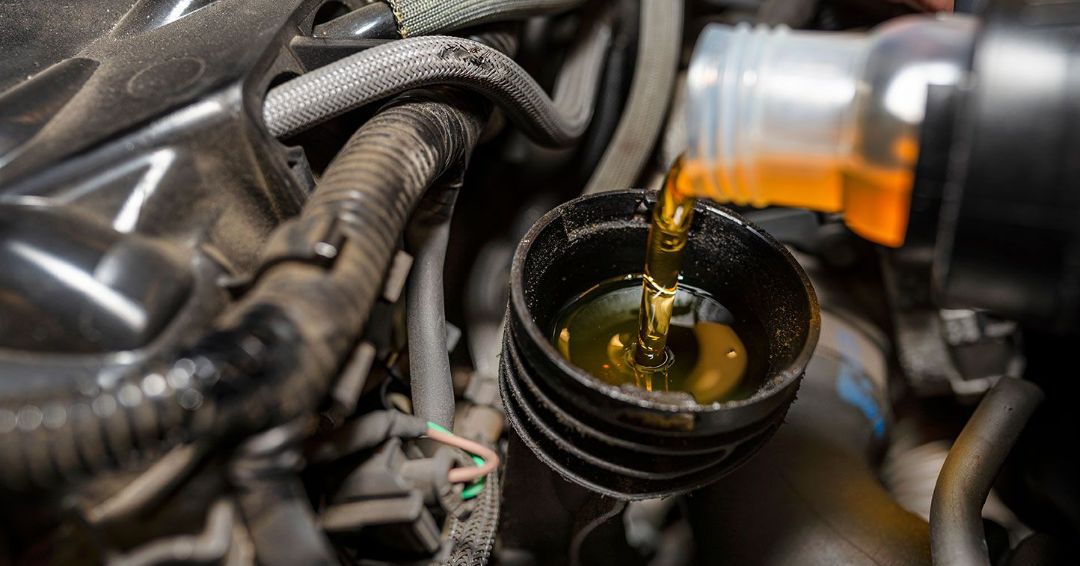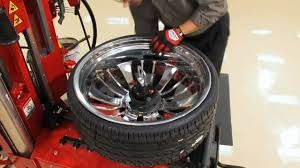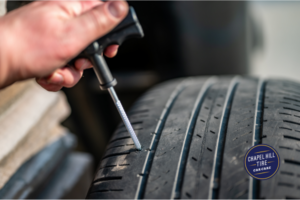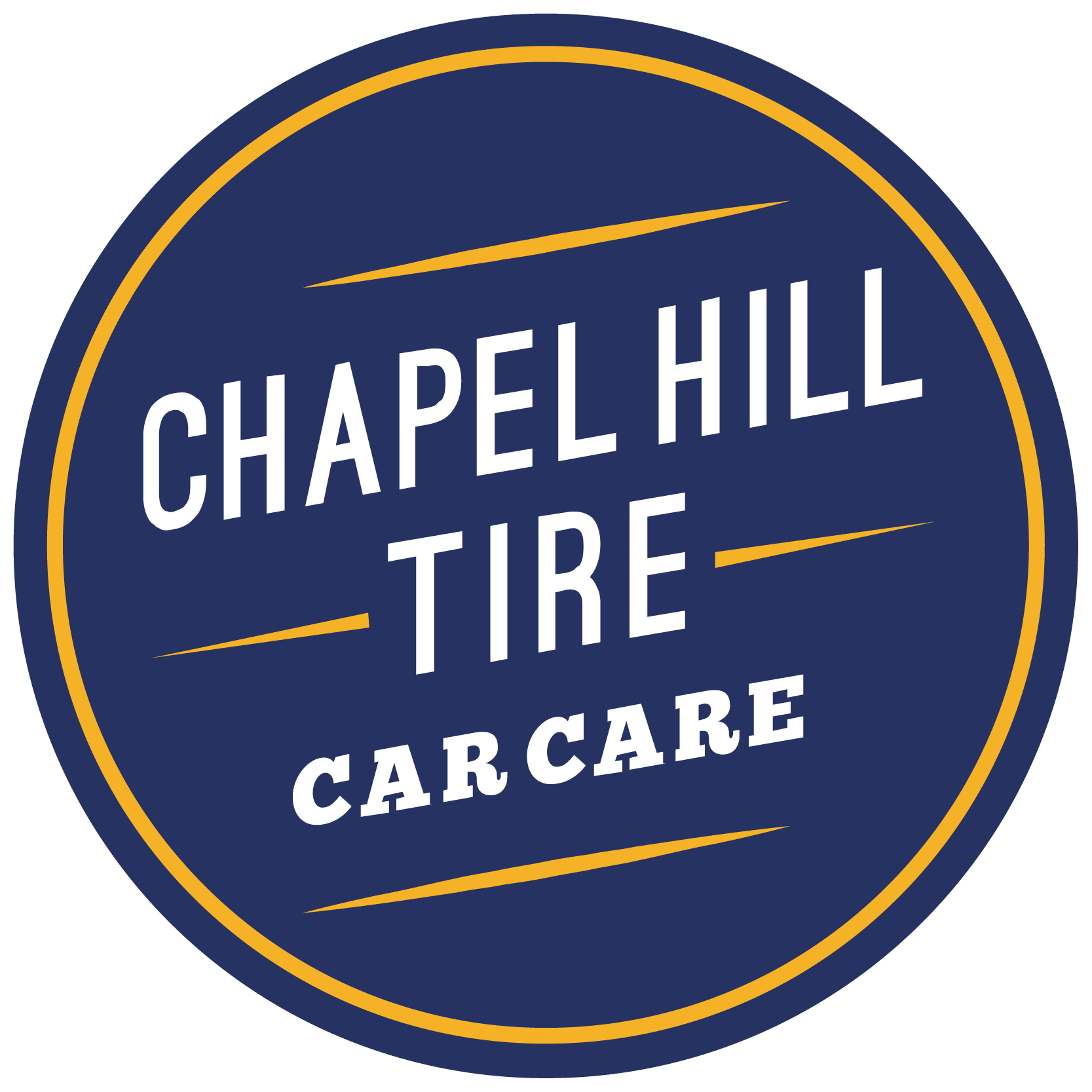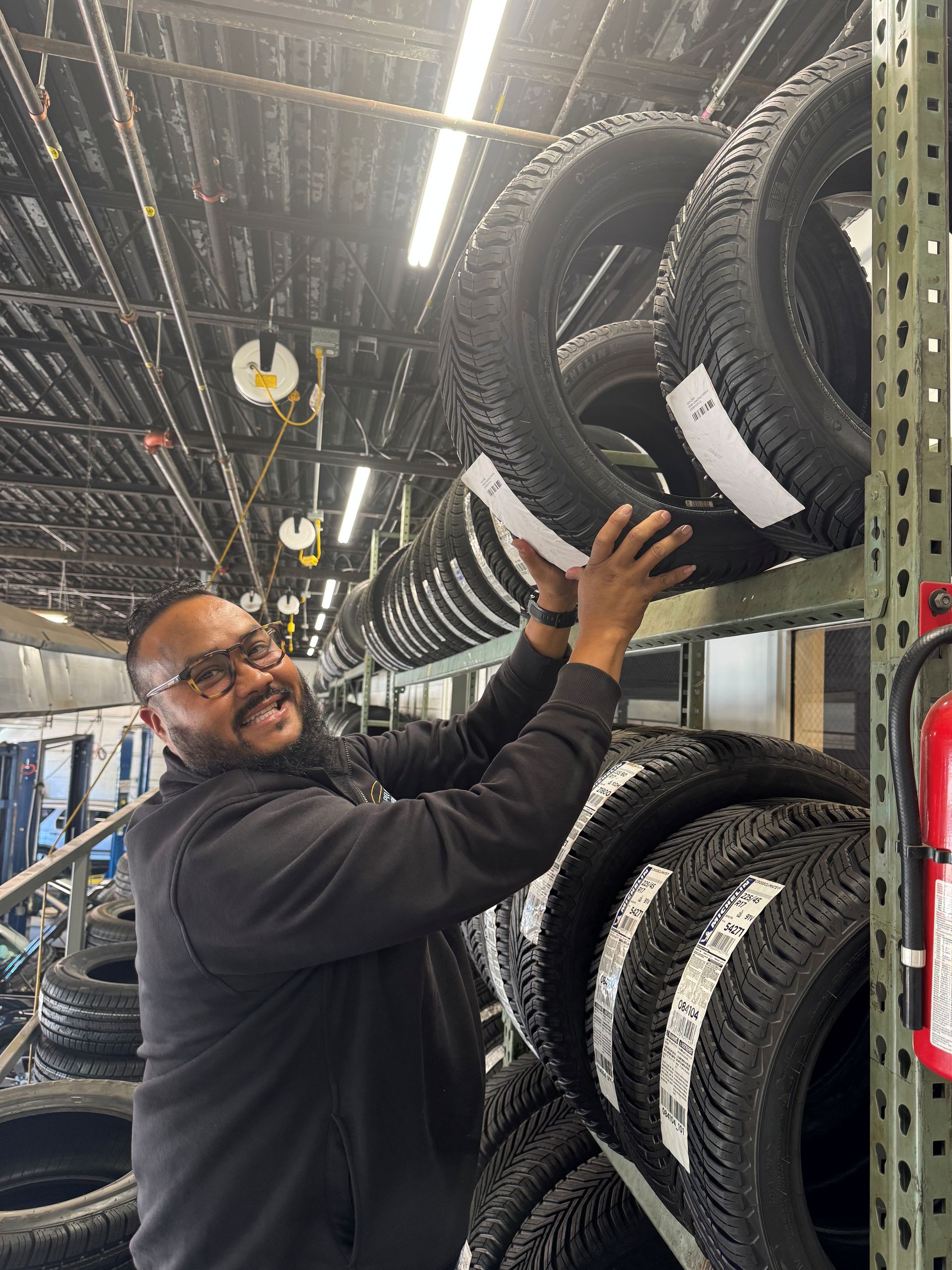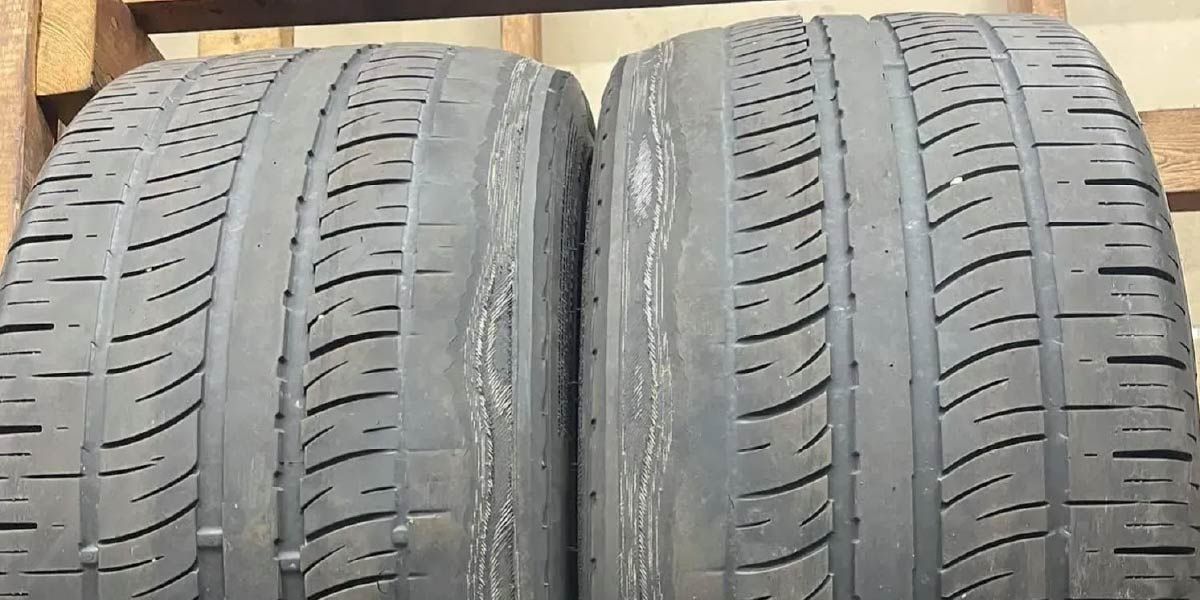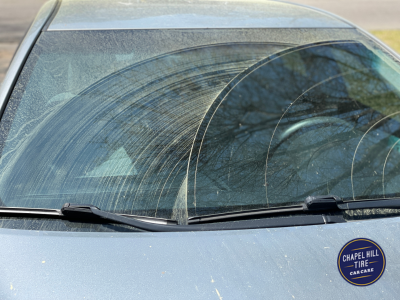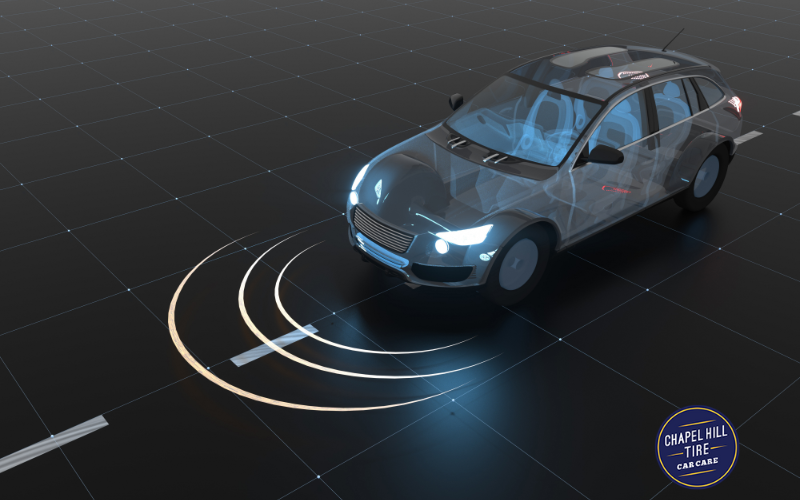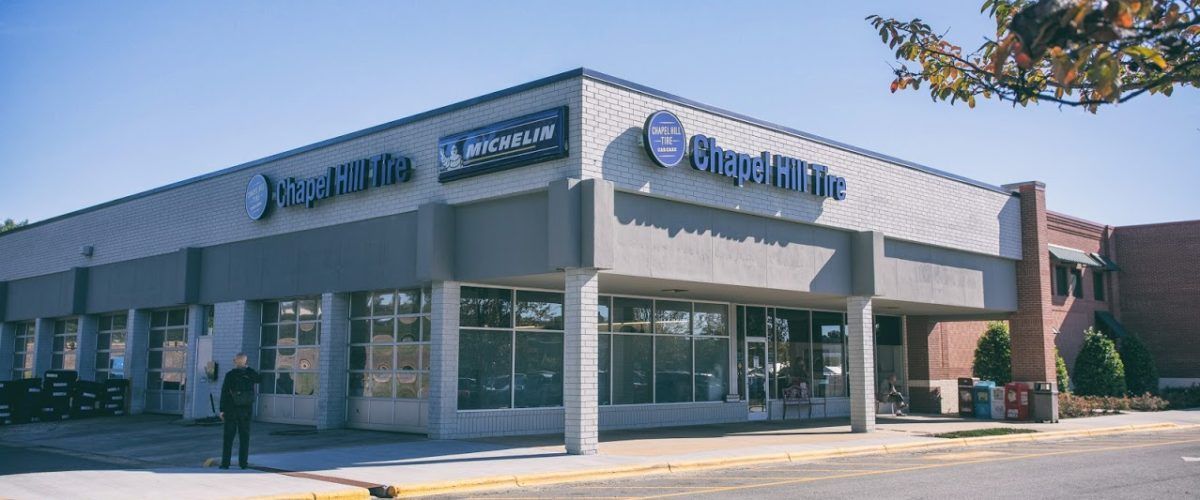Tire Tread Depth Chart: How Depth Impacts Stopping Distance
Auto Shops Located in: Chapel Hill, Durham, Taleigh, Apex, and Cary North Carolina
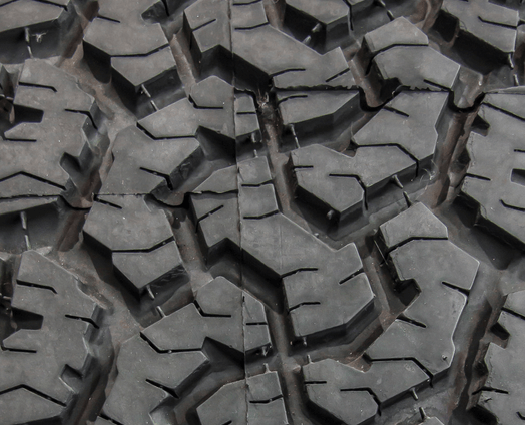
Proper tire care is necessary for a safe and smooth ride in your car. Most people know you should rotate your vehicle’s tires every 5,000 – 8,000 miles, keep your tire pressure topped off, and regularly check for punctures or damage. While these steps are necessary, it’s also a good habit to regularly check your tire’s tread depth to ensure it hasn’t worn away.
In this article, we’ll go over what tire tread depth is, provide a helpful chart that measures stopping distance, talk about minimum tire tread depth, and give you some info on how you can go about checking yours.
What Is Tire Tread Depth?
The tread in your tires is what actually grips the road as you drive. If you look at a tire, the tread is a ribbed pattern on the surface of the actual wheel. Tread works to move water, snow, mud, and other materials away from your tire so you can brake safely.
As you put more miles on your wheels, the tread depth will slowly deteriorate, potentially causing you to lose traction during extended breaking times. This loss of traction can be especially dangerous during wet conditions, as you’ll be at an increased risk of hydroplaning.
Normally, tires should be replaced around every six years, but if you notice that your tire tread depth is lower than it should be, it is extremely important to get a new set as soon as you can.
What Is the Minimum Tire Tread Depth for Cars? What Is the Tread Depth to Replace Tires?
When measuring your tread depth, you should make sure that your tire’s tread is at least above 2/32”. This measurement is the minimum tread depth recommended by most countries regarding when to replace tires before they are considered legally worn out.
How Do You Measure Tire Tread Depth?
You can measure your tire’s tread depth with a tool called a tire tread depth gauge. This tool will help you measure the wear and tear on your tread so you can keep an eye on how badly your tires have deteriorated. Tread depth gauges are readily available at most auto part stores and even some other retail chains that carry basic automotive supplies.
Once you have a tire tread depth gauge, you can push the gauge’s driver “end” into your tire’s circumferential groove. Continue to push the gauge down until its handles are resting flat on the tread blocks surrounding the groove. If you don’t know what tires’ circumferential grooves are, they’re the deep grooves that run across the entire circumference of tires.
After you’ve pushed the gauge all the way down, look at the measurement stick at the gauge’s top, with this measurement stick telling you the depth of the tread. Repeat this process with every circumferential groove to ensure your entire tire’s tread depth is above the minimum. If any of your measurements show a tread depth below or at the minimum of 2/32”, it’s best to bring your car in for replacement tires.
How Often Should I Check My Tire’s Tread Depth?
It’s best practice to check your tire’s depth tread at least once a month. While you check the tread depth, you can also perform a visual inspection of the sidewalls and other parts of the tire for any damage that may affect the integrity of your wheels.
Tire Tread Depth Chart
The helpful chart below shows what it looks like to stop in wetter conditions with different measurements of depth tread. See how far the car with tires that have 2/32” depth tread travels when braking? Waiting that long to replace your tires could be a danger to you and others on the road, so it’s best not to wait until they get to that point before replacing them. As you try to keep your vehicle as safe as possible, review our tread depth chart below:
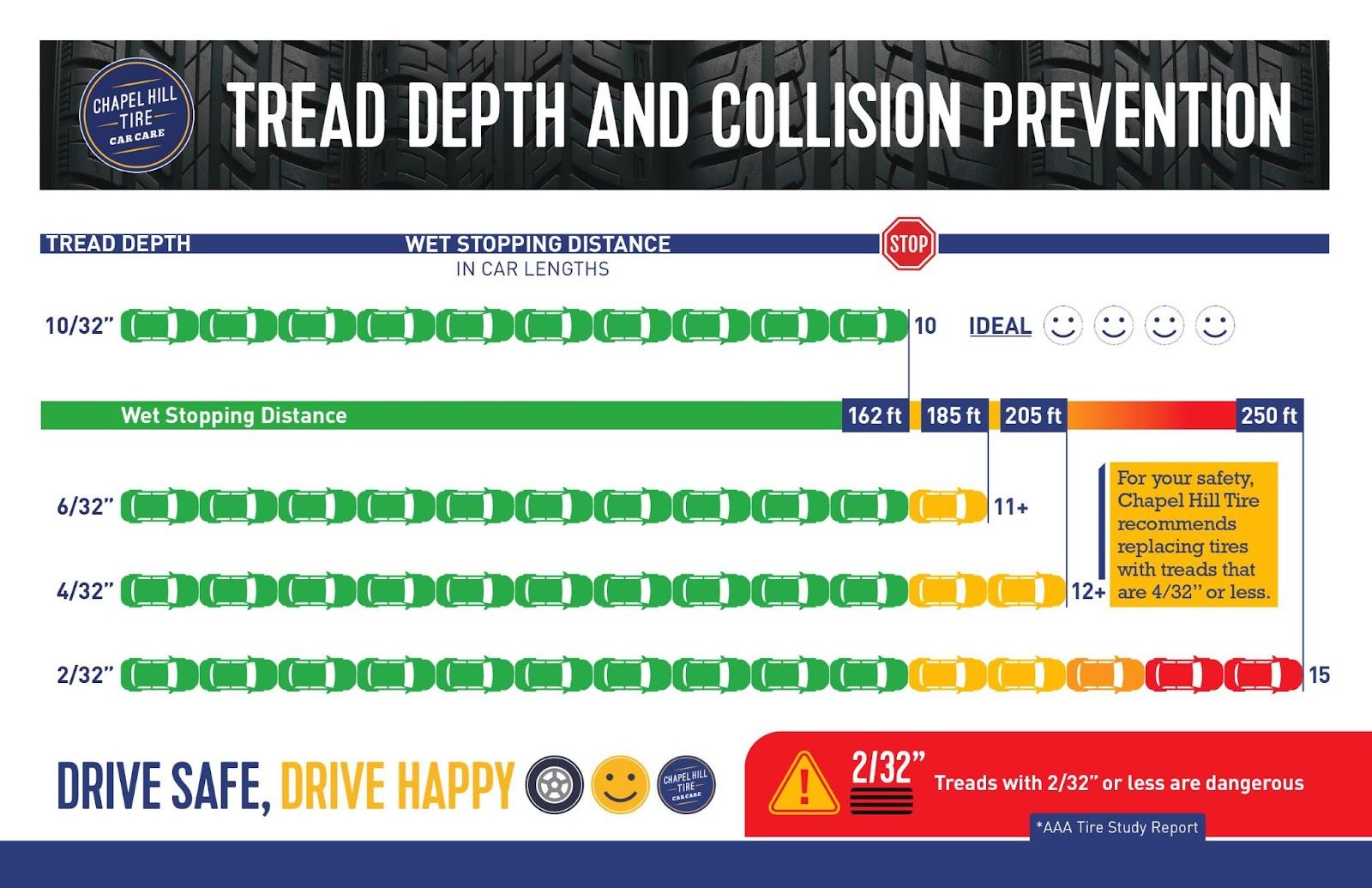
Chapel Hill Tire: Car Care in the Triangle Area
If your tire tread is worn out and you live in Durham, Chapel Hill, Raleigh, or the surrounding Triangle area, head over to Chapel Hill Tire. We’d be happy to help you measure the depth of your tire’s tread and inspect your wheels. If you end up needing a new set, we’ll work with you to find the best match for your vehicle so that you’ll be set for another six years of smooth, safe driving. We also have a great set of coupons to take advantage of for any other maintenance requirements you might have.
Make use of our tire selection tool to find what’s best for your car. When you’re ready to bring your car in, please make an appointment at one of our convenient locations in the Triangle Area.
We’ve got all your automotive repair needs covered.
